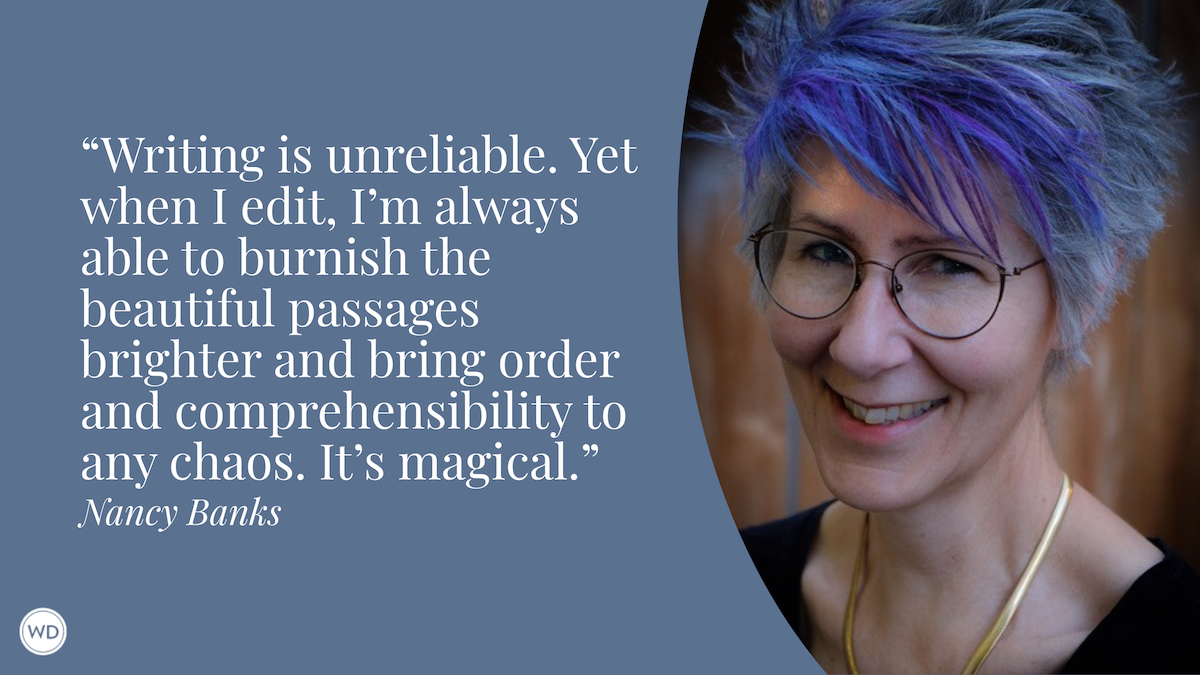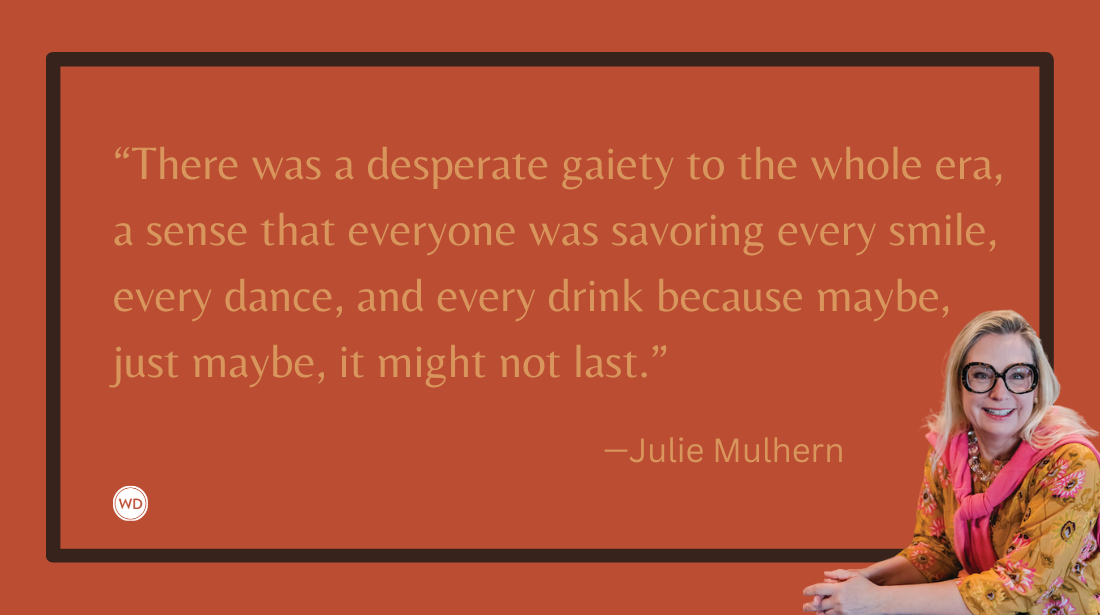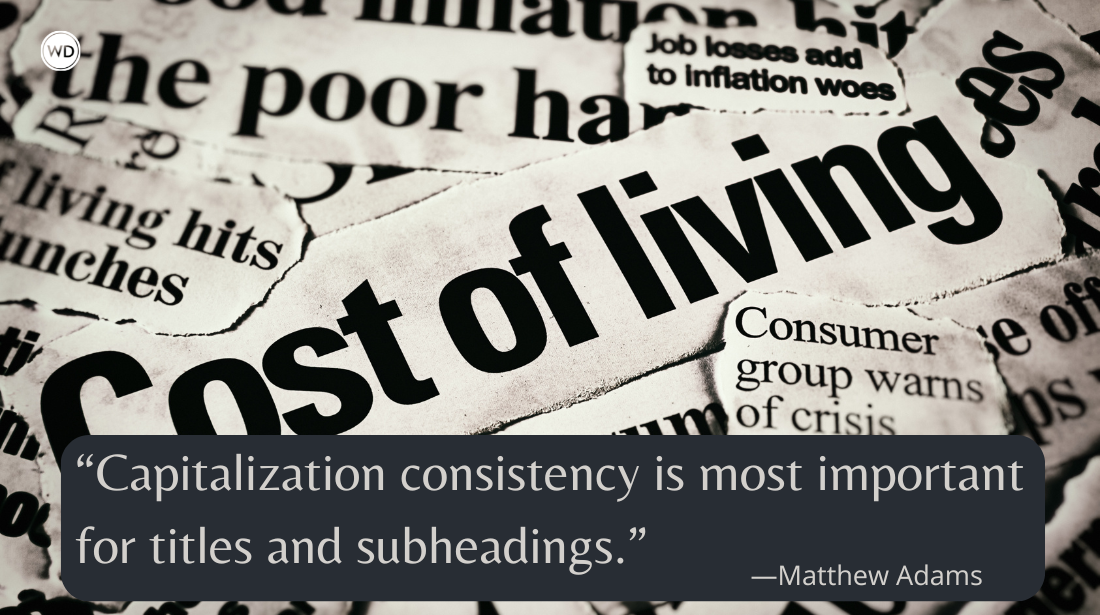Copying the Masters: Creating and Protecting Your Voice
Bestselling author Katherine Reay shares how copying the masters can help writers create and protect their own voices as writers.
Often aspiring artists “copy the masters” to learn form and technique. Yet, unless one plans to become a forger like I explored in The English Masterpiece, the artist moves beyond those exercises as they strive to develop their own personal and unique style. The same is true for writers. We read Austen, Hemingway, Ishiguro, Walker, and O’Farrell (I love her prose); we break down their sentences, structure, metaphors, and allusions; we try to absorb the images they paint with words and the magic they create. But then we too have to step away and to discover our own individuality as an artist, as a writer.
And, once we accomplish that feat, we need to protect the “voice” we uncover if we hope to grow in our craft and something original to say—and sell. For, as “perfect” a forger Han van Meegeren was, and he is often considered the world’s greatest, he wasn’t Vermeer—and once someone took the time to look past the charisma of his person, they recognized that in his art.
At the most basic level, a writer’s “voice” is the tenor, cadence, and even form of language, in which that writer is most comfortable and through which their stories command the greatest strength. While it seems simple, as it comes from within, discovering one’s “voice” can be elusive—difficult to find and challenging to hone—yet, once found, it’s powerful and it’s as unique as a fingerprint. After all, we each see and feel things like no one else in the entire world.
A few years ago a friend shared with me how, upon graduating from an MFA program, she struggled to sell her work. She eventually took a part-time job writing a humor column for a local newspaper and, for that column, adopted a street-smart, bold, and sassy voice she’d been yearning to explore. The column became a hit and, a couple years later, she sold a book—in that voice—to Random House. Her take-away was that once she stopped trying to emulate other great writers and her professors, she uncovered and honed her own style and Random House picked up on that confidence.
So how do we find that unique voice?
- We read and study the masters. We don’t copy them, but we do explore them. Find novels with a strong narrative voice. The Book Thief, by Markus Zusak, is one of my all-time favorites. Death has a fascinating voice in that novel. To Kill a Mockingbird, Hamnet, The Frozen River, Where the Crawdad’s Sing, The Catcher in the Rye… The selection is endless as there are so many fantastic writers and books out there. Get immersed in the worlds they create and ponder how they accomplish it.
- Write. Don’t think. Don’t edit. Tell yourself you’ll throw away whatever you write so there is no pressure to make it “perfect.” Simply sit down for a few minutes here and there, or every day for a while, and write whatever comes to mind in whatever tone and texture that feels natural. You may be surprised at what you find on the page in terms of both voice and content. Many published novels began just this way.
- At some point, when you feel comfortable, share your writing. This is a tough one, but I do recommend you find a couple people you trust and ask what they think. This is how the writer I mentioned above found the courage to complete an entire novel in the new sassy voice she found and loved. After reading her columns and other writings, friends asked, “What more do you have?”
Finding your “voice” is not complicated so much as it’s intentional. It takes time and effort, but the work will pay off. Thoughts and words, emotions and drama, will flow faster and more freely because they come from something creative, organic, and exciting within you. Not only that, but the emotional distance between you and the reader will evaporate as you authentically pull your audience in. And that’s what good writing is all about—drawing the reader close and not letting them go until the final page.
Check out Katherine Reay's The English Masterpiece here:
(WD uses affiliate links)









